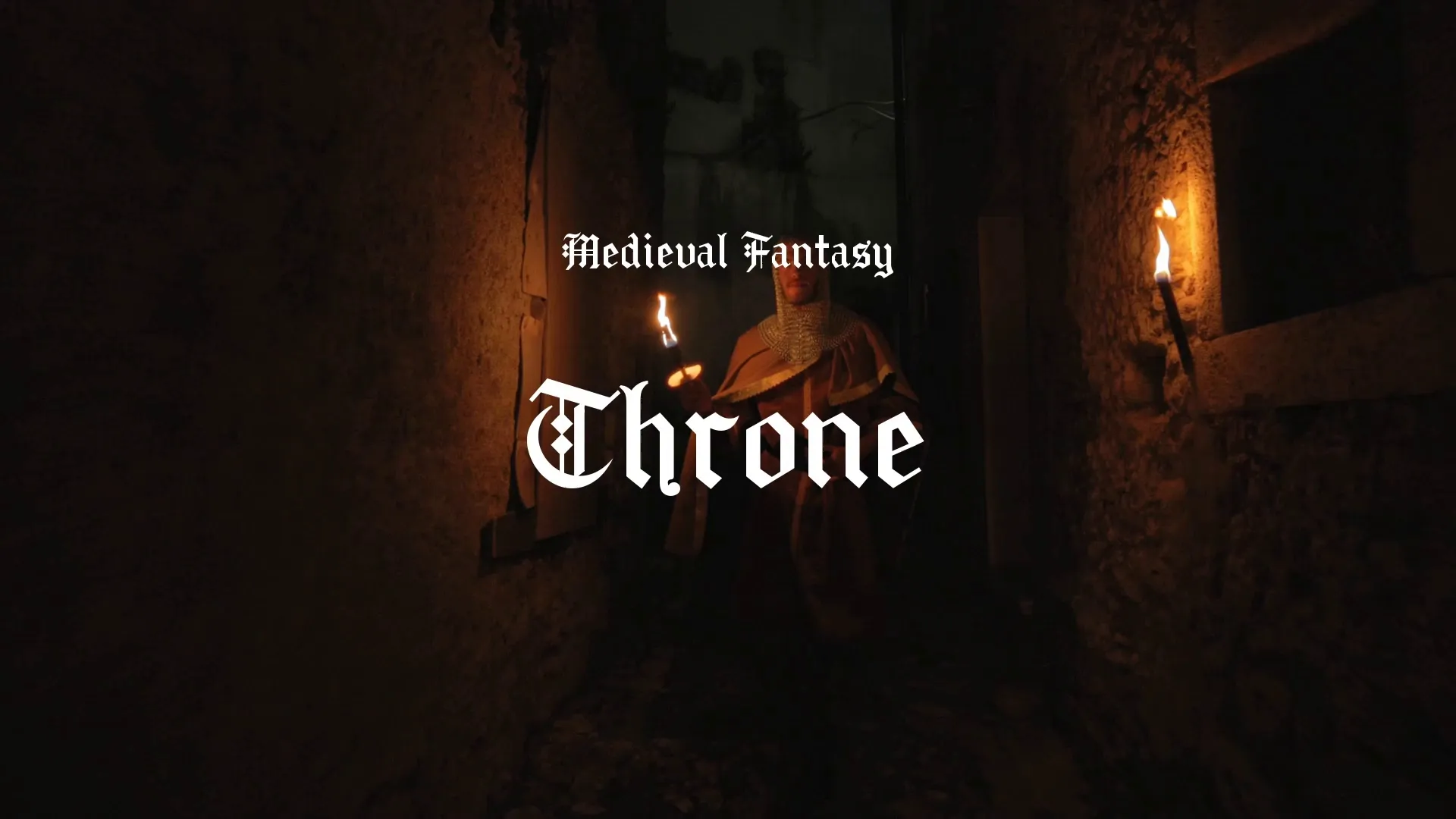From Concept to Code: Mastering the Game Design Process for Indie Developers
From Concept to Code: Mastering the Game Design Process for Indie Developers
Starting an indie game project requires more than just a brilliant idea; it demands a structured game design process from concept to development. Many indie developers jump straight into coding, often leading to scope creep and unfinished projects. A deliberate design phase is crucial for transforming creative game design ideas into a shippable product.
Phase 1: Ideation and Core Concept Definition
Every great game begins with a compelling core concept. This initial stage involves brainstorming and refining your fundamental game idea.
Brainstorming Creative Game Design Ideas
Begin by exploring various concepts without judgment. Consider genre, unique mechanics, and target audience. Leveraging AI tools for game idea generation can significantly accelerate this brainstorming phase, providing diverse starting points you might not have considered. Wayline’s Ignite tool can help generate endless game ideas, offering a solid foundation for your project.
Defining Your Game’s Unique Selling Proposition (USP)
Identify what makes your game stand out. Is it a novel mechanic, a unique art style, or an unexplored narrative? A clear USP guides all subsequent design decisions and helps position your game in a crowded market.
Crafting Game Narratives
Even non-story driven games benefit from a compelling premise. For narrative-focused titles, crafting game narratives early on establishes emotional resonance and provides context for gameplay. Outline key characters, world lore, and overarching plot points to create an engaging experience.
Phase 2: Pre-Production and Documentation
Once the core concept is solid, formalize your ideas into a comprehensive plan. This phase prevents costly rework and ensures everyone involved understands the vision.
Developing a Game Design Document (GDD)
A GDD is your game’s blueprint, detailing every aspect from mechanics to art style. It serves as a living document, evolving with the project. A well-maintained GDD ensures consistency and clarity throughout development. Wayline’s Blueprint tool can help you build professional Game Design Documents in minutes, ensuring no critical detail is overlooked.
Prototyping Core Mechanics
Before full-scale development, create rough prototypes of your primary gameplay loops. This allows for early validation of mechanics and user experience. Focus on testing the fun factor and feasibility rather than visual polish.
Establishing Technical Requirements
Determine the technical foundation for your game. This includes choosing your game engine, programming language, and any necessary third-party integrations. For indie developers, selecting the right engine is a critical decision; consider factors like community support, asset availability, and performance. You might find insights in articles like Unity vs. Unreal vs. Godot: Choosing Your Engine in 2025 to help guide your choice.
Phase 3: Production and Iteration
With a clear design and technical plan, you can confidently move into full production.
Iterative Development Cycles
Adopt an iterative approach, building features in small, manageable cycles. Each cycle should include development, testing, and feedback. This allows for continuous refinement and adaptation based on playtesting results.
Asset Creation and Integration
Prioritize essential assets first. Whether creating your own or using royalty-free assets from platforms like Wayline’s Strafekit, ensure they align with your game’s aesthetic and technical specifications. Consistent quality across all assets is vital for a polished final product.
Playtesting and Feedback Loops
Regular playtesting is non-negotiable. Gather feedback from diverse players and be prepared to iterate on your design. User experience (UX) insights are invaluable for identifying confusing mechanics or frustrating elements. Early and frequent playtests save significant time and resources in the long run.
Create a free account, or log in.
Gain access to free articles, game development tools, and game assets.
















.webp)






